Australian Red Devil
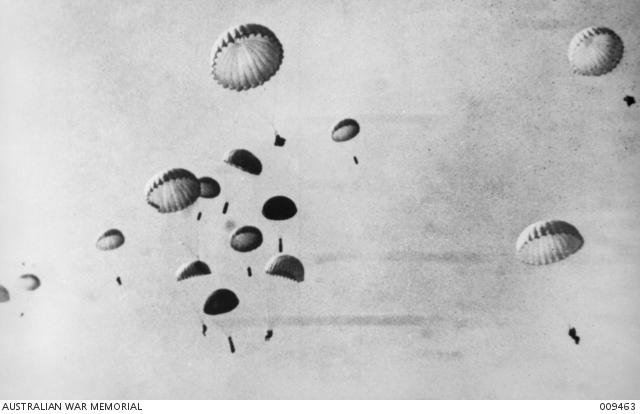
British Paratroops training in England in mid 1941.
“Nothing can surpass the excitement of jumping from an aeroplane,” Peter Bernard Lalor wrote in a letter home in 1943 to his mother, Mrs Hester Lalor in Melbourne. He had passed his parachute training and was posted to the newly raised British 4th Parachute Brigade.
As an Information Assistant at the Australian War Memorial, my colleagues and I have the privilege to assist visitors in finding members of their families on the Roll of Honour, which commemorates members of the Australian armed forces who have died during or as a result of war service. The Memorial also has the Commemorative Roll. This roll records the names of those Australians who died during or as a result of wars in which Australians served, but who were not serving in the Australian Armed Forces and therefore not eligible for inclusion on the Roll of Honour. After assisting a visitor with the Commemorative Roll, I noticed Lalor’s name further down the roll and the British regiments in which he had served. This sparked my interest.
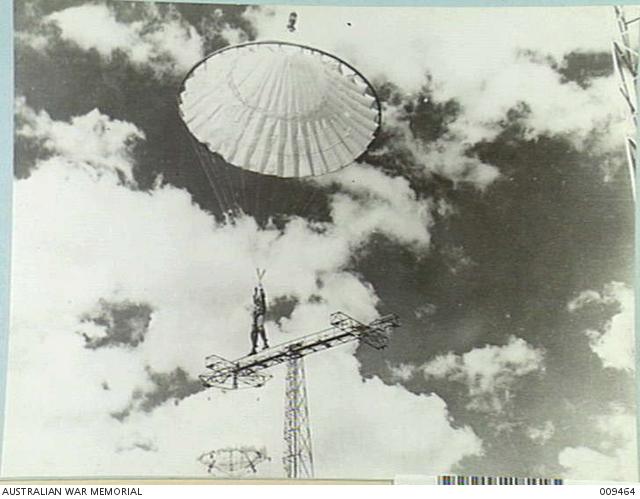
Parachute training in England mid 1941.
Lalor was born at Perth on 17 April 1913. He travelled to England with his mother and father, Joseph Peter Lalor, who was a Brigade Major in the Australian permanent forces, stationed in Perth and joined the A.I.F. as a captain. After Joseph Lalor’s death on 25 April 1915, leading a company from the 12th Battalion, Lalor left England and returned to Australia with his mother in November 1915.
Lalor was educated at Xavier College and Melbourne University and his first taste of the military was with the Melbourne University Rifles when he enlisted on 17 April 1931. In 1936 Lalor, still a student, left Australia for England. Contemporary newspaper accounts note Lalor enlisted with the King’s Royal Rifle Corps after the declaration of war in 1939 and was evacuated from Dunkirk. If he was then he was probably with the 2nd Bn King’s Royal Rifle Corps, part of the British Expeditionary Force that was landed at Calais on 22/23 May 1940 to secure the channel port for supply or evacuation. After four days of fighting the port fell to the Germans, but somehow Lalor escaped to fight another day.
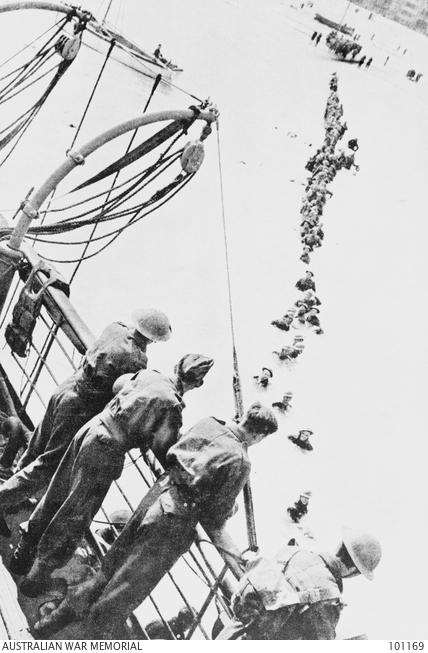
After the fall of Dunkirk, the newspapers differ slightly on Lalor’s service, most state he served in North Africa and one records him seeing special commando service. However, all agree Lalor passed parachute training and became a member of the 4th Parachute Brigade, which was raised in December 1942 in North Africa. The letter home to his mother records how he won his wings “…when, like Keats’ Hyperion, I plunged all noiseless into the deep night…” and how “…the most rigorous physical training…left me aching and stiff all over and thoroughly exhausted.”
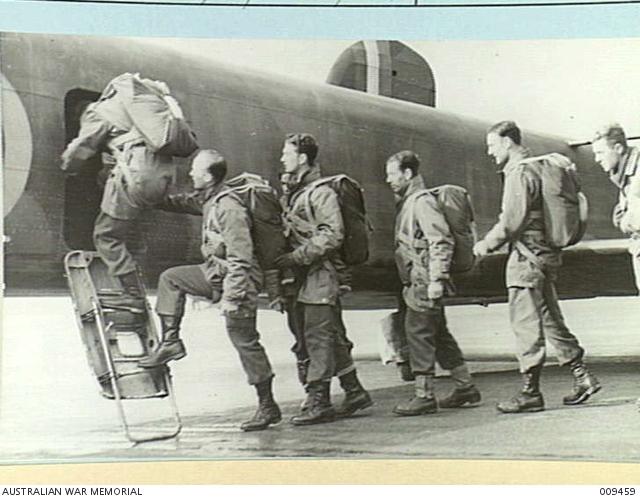
Parachute training in England mid 1941.
The 4th Parachute Brigade’s first action was with the British 1st Airborne Division as part of Operation Slapstick, the invasion of Italy. On 9 September 1943 the brigade came ashore at Taranto and worked its way north west towards Castellaneta. Early on the morning on 11 September, Lalor who was part of 4th Parachute Brigade’s Headquarters Defense Platoon, along with 10th Parachute Battalion, was ordered to attack Castellaneta. The defense platoon however had no transport and was some distance away from the town. The group set off and after walking some distance they secured transport and approached Castellaneta by 10.00 hours.
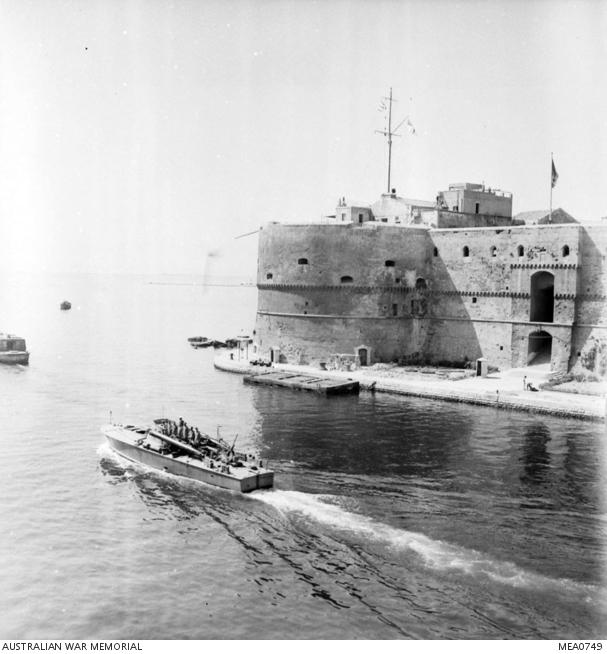
Allied torpedo boat passing a forte in Italy.
As the defense platoon closed on a bridge to the south of Castellaneta, it was ambushed by Germans defending the town. The transport carrying the platoon was hit but managed to reverse out of the attack, however six men were killed and twelve wounded. For the next two and a half hours the group fought a fierce battle to control the bridge. It’s not clear if Lalor was killed in the initial ambush or in the fighting that followed, however the Paras prevented the Germans from blowing the bridge until support arrived. Castellaneta was attacked by additional units from the 4th Parachute Brigade in the afternoon of 11th September and, overnight, the Germans pulled out leaving the town in the Paras hands. Lalor, along with the other members of the defense platoon, were buried in the Bari War Cemetery, Italy.
Lalor death was reported in the papers back in Australia in the weeks that followed. Interestingly for me they wrote about his father who died at Gallipoli and his Great Grandfather, Peter Fintan Lalor, who was one of the leaders at the Battle of Eureka Stockade in 1854. The story of Peter Bernard Lalor is just one of the many stories, I as an Information Assistant at the Memorial have discovered, and informing people of these stories is one of the favorite aspects of my job